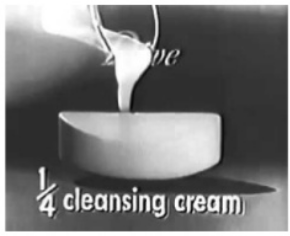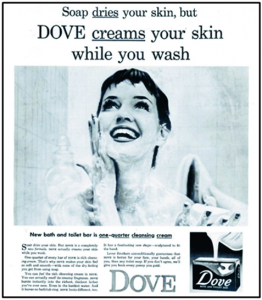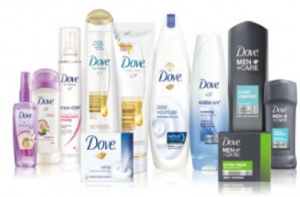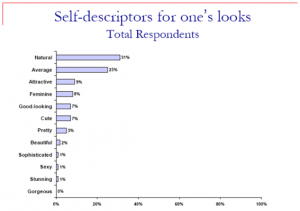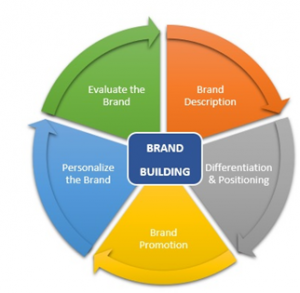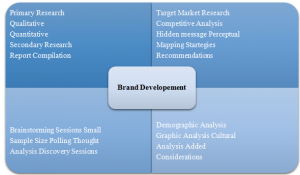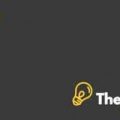Dove: Evolution of a brand Case Study Solution
Brand Management:
Brand management is the planning and scrutiny of the brand, the perception of the brand in the market and the tactics that can be used to improve the sales. Unilever made a brand management system that was similar to P&G, they also hired different brand managers for each brand that they made within the product classifications. They wanted their products to compete with their own products as well as the rival’s products.
Unilever had a “Path to Grow” initiative according to which they made 2 groups, one was centralized and focused on development of the brand, and the second group was brand building which was decentralized and according to the geographic demands and needs of the customers.
Brand building team had to focus on the local markets of a region. The company copied ways of its competitor P&G, while establishing brand in different markets around the globe. The brand builders had to focus on the growth of the profits and revenues of the company. The brand managers had to be answerable for the decline in growth levels or of any losses if occurred. They had a code of conduct set by the brand development team and had to focus on the overall company’s health, but they were also allowed to run their imaginations wild and market their products as they liked in their local markets. Customer service and going along the trend was one of the main tasks of Brand builders (Exhibit 5).
The brand development team had to focus on the research and development of the brand. They had to position their brand in the market. They had to sort out strategies in order to gain competitive advantage over the company’s competitors. All the new ideas and innovations and analysis were done by the brand development team (Exhibit 6). These teams were established in areas where the brand was highly recognized and was a major in the market.
The company focused on their long term and short term markets share by making both the teams responsible. Brand development was responsible and answerable for the short term market share while the brand building team was responsible for long term share.
Product Category management by Unilever:
Before the implementation of Path to growth strategic plan, there were a number of issues faced by Unilever. As the company did not have a specific strategic plan to follow, due to its expansion of business in more than 80 countries it was facing a lot of key issues which needed to be resolved such as it lacked unified global identity, a large of unwanted brands etc.
After 2000:
- The brand portfolio has reduced from 1600 brands to maximum 400 core brands.
- The strategy of Path to Growth categorized management of brand in two steps i.e. brand building and brand development.
- It is now more focused on the innovation of the products in order to increase the internal growth of the organization.
- It serves as an Umbrella to all the brands of Unilever. (Sameer Mathur, 2015)
Conclusion:
The company was one of the fastest growing companies, and captured a very large market in a very short time. They were amongst the companies who had the best percentage in brand health. The campaign seemed like a failure but that was not the whole story, many people were inspired by it and people started talking about stereotypes and how the standards of beauty has been set by media only and how insignificant they are. The campaign had a very diverse effect on the market and people acted according to their understanding, it was a very risky step for the company because this raised questions on the company’s motives and its marketing strategies. The company risked their position in the market according to many, and many thought the idea is appealing and just needs to be expressed in a way it doesn’t damage the reputation of the company.
Exhibits:
Exhibit 1:
Exhibit 2:
Replacement of Cream bar with the name of moisturizing cream
Exhibit 3:
Extended product range
Exhibit 4:
Pre-Campaign Survey Results
Exhibit 5:
Exhibit 6:
This is just a sample partical work. Please place the order on the website to get your own originally done case solution.

